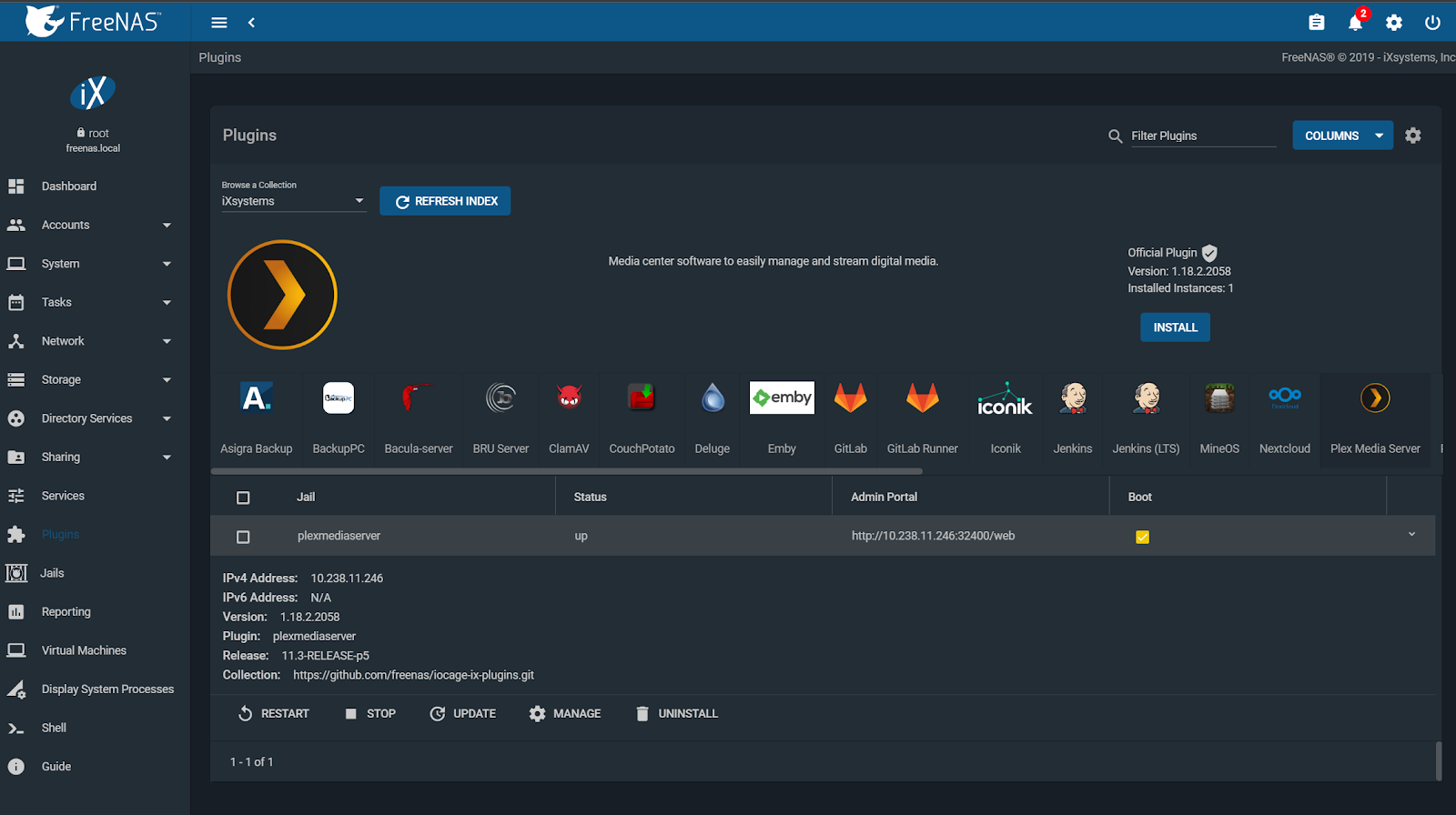

This functionality represents a small fraction of Nagios’ capabilities through the use of plugins (see my article that describes setting up the Oracle client on a Diskstation to permit Oracle Database monitoring). Warning: A lot of what follows is based on experimentation, with the end goal of having Nagios running on a Synology DiskStation having the ability to ping devices on the network or the Internet, with an email sent to an administrator when a device stops responding to ping requests, and to send a second email when the device resumes responding to ping requests. Note that the even though the DS415+ and DS1813+ both use Intel CPUs running a 64 bit DSM version, the installation steps are a bit different (I tried various unsuccessful approaches over the last two months, and finally found a working combination).

It may be possible to produce a working version of Nagios on NAS devices that do not have Intel 32 bit or 64 bit processors (such as the DS212+), but I have not yet fully tested the procedure with many different NAS units. Not all Synology DiskStation NAS devices use Intel based CPUs – some of the less expensive DiskStations use ARM type processors (see this link to determine the type of CPU installed in a specific DiskStation). Nagios is a very useful network monitoring (and even Oracle Database monitoring with plugins) utility that uses email or other communication means to report device or service outages. This article describes how to compile and run Nagios 4.0.8 (with 2.0.3 plugins) on a Synology DiskStation DS415+ (64 bit), which utilizes an Intel Atom Avoton processor ( cat /proc/cpuinfo indicates that the unit is using a 2.40GHz Atom C2538, and utilizes the DSM 5.1-5021 (the latest version as of December 24, 2014) operating system. ( Back to the Previous Post in the Series) Decem(Modified Decem– Added Plex Support Section, Janu– Added Nagios Web Status and Fixed Status Logging, Ap– Added Plex/Nagios/Wordpress Stress Test, – current Plex download supports CPU in DS415+)


 0 kommentar(er)
0 kommentar(er)
